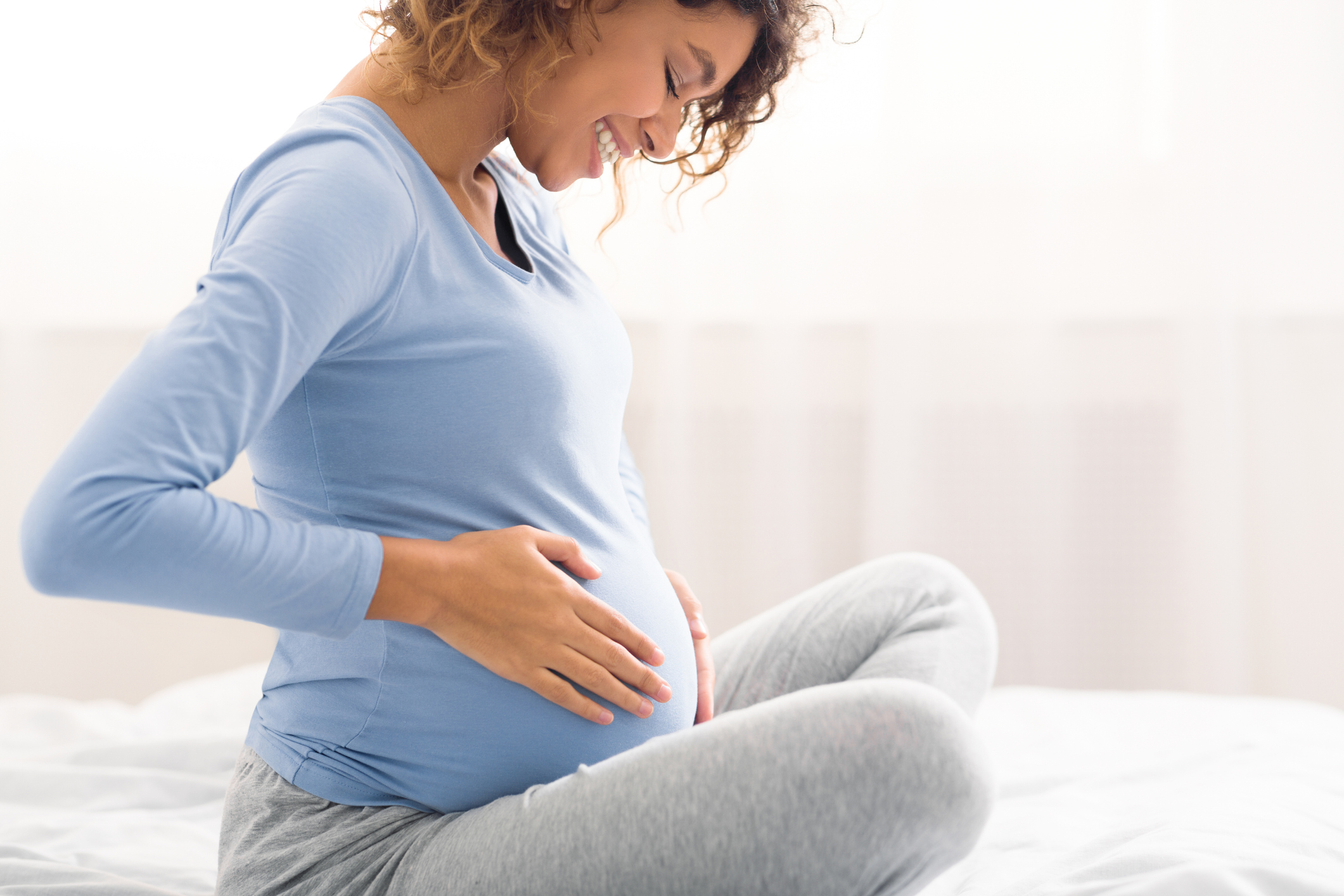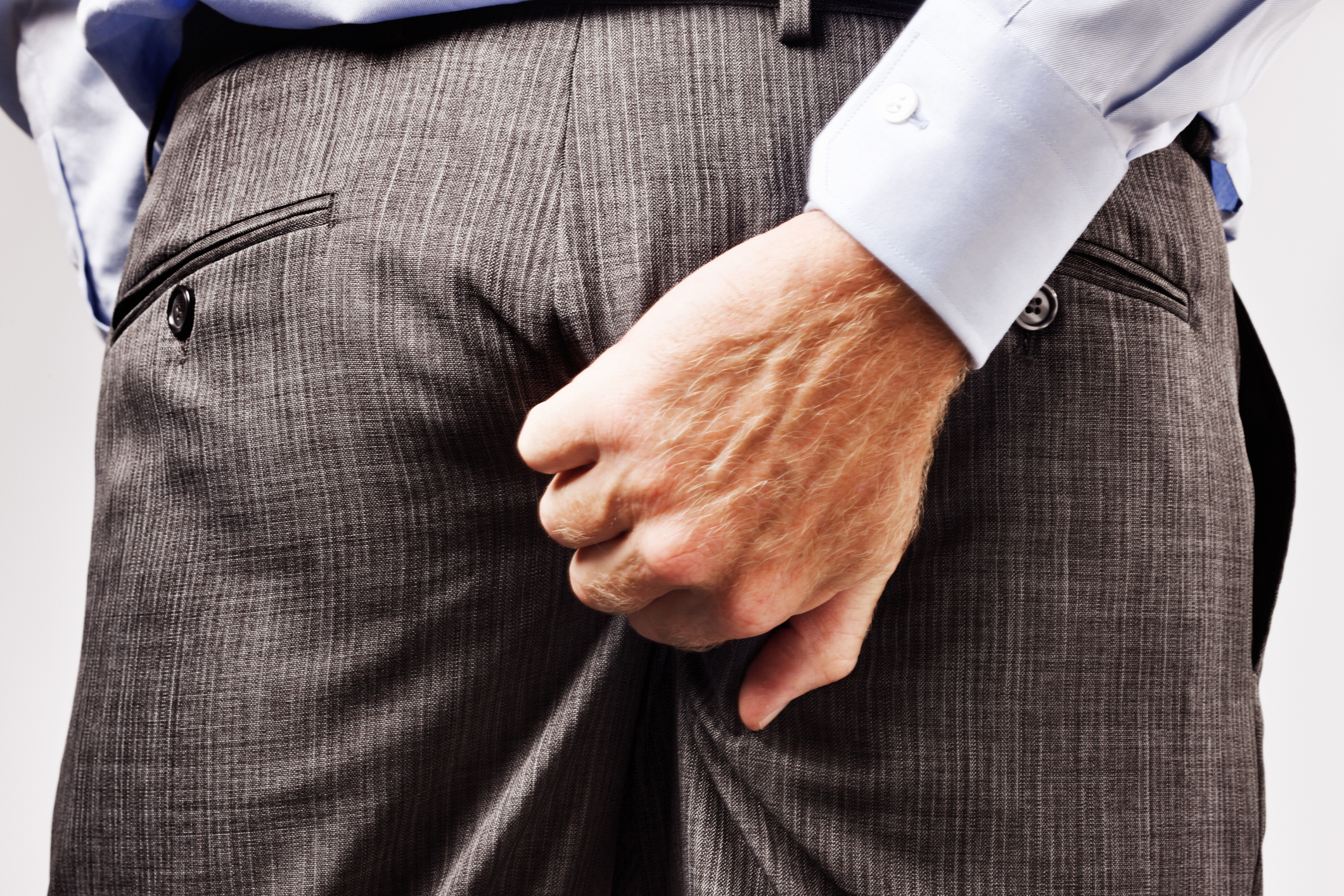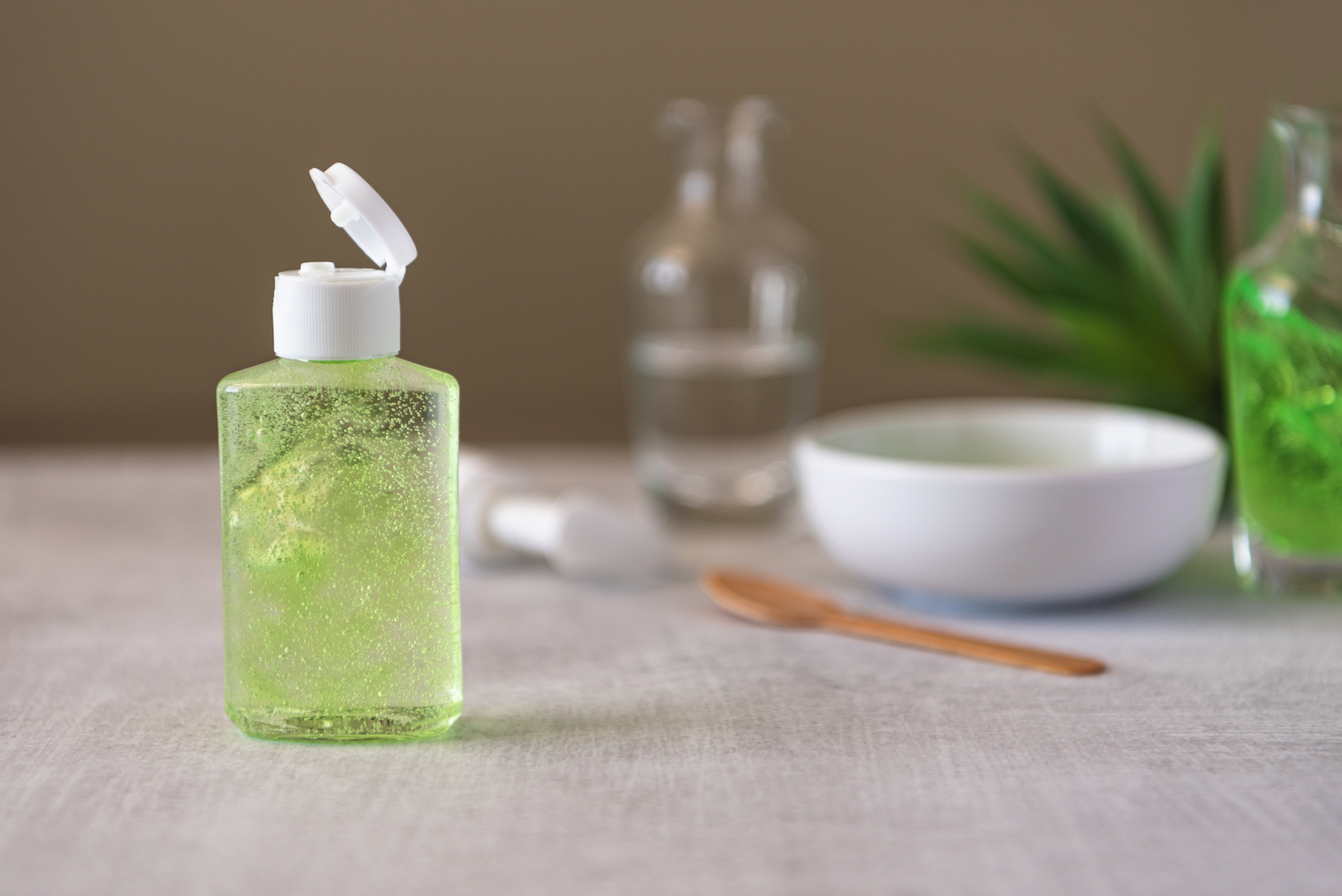
While everyone has internal hemorrhoids, external hemorrhoids are the ones that are likely causing you pain. While they may be awkward to talk about, having an honest conversation with your doctor about external hemorrhoids is the first step toward getting relief.
If you’ve been wondering about what causes external hemorrhoids and how to treat them, this article will tell you everything you need to know — what external hemorrhoids are, what the causes and symptoms of them are and which are the most effective treatments for them. Keep reading for answers to all the questions you might feel too hesitant to ask.
In their simplest form, external hemorrhoids are bumps or bulges under the skin around the outside of the anus. These bumps and bulges form when too much pressure gets put on the rectal veins, causing the tissue around the anus to become swollen. As time goes on, external hemorrhoids can become more and more irritating, resulting in frequent itching, pain and swelling.
Because external hemorrhoids develop on the outside of the anus, they are often easier to identify than internal hemorrhoids, which are located inside of the anus. Although internal hemorrhoids may prolapse and protrude outside the anus, they can return back inside on their own. Because of this, many people who have internal hemorrhoids think that they have external hemorrhoids. It’s best to talk to your doctor to find out which you’re experiencing and what treatment option may be right for your hemorrhoids. While external hemorrhoids can be extremely uncomfortable, there are plenty of ways to soothe the symptoms, including at-home solutions and medical procedures. At-home external hemorrhoids treatment options may provide temporary relief. A more definitive treatment like the CRH O’Regan System will help get rid of internal hemorrhoids, which can relieve symptoms associated with external hemorrhoids.
Although it is not always possible to prevent external hemorrhoids completely, making certain lifestyle changes like avoiding heavy lifting and sticking to a healthy diet can reduce the risk of developing outside hemorrhoids.

The most common cause of external hemorrhoids is repeated straining during a bowel movement, leading to the veins of the anus or rectum becoming dilated or enlarged. Because external hemorrhoids result from excessive pressure in the rectum’s veins, certain factors can increase the chances of external hemorrhoids forming.
Some of the most common external hemorrhoid causes include:
Each of the above places added pressure on the rectal veins, which may eventually cause increased swelling in the external hemorrhoids. For example, in pregnant women, the uterus puts extra pressure on these veins and can cause them to enlarge. To reduce the likelihood of developing external hemorrhoids or prevent symptoms from worsening, limit the amount of time you spend on the toilet to two minutes and make sure you always practice proper form when heavy lifting.
Unlike internal hemorrhoids, external hemorrhoids are located in an area with nerve endings, which can make them easier to identify but also significantly more uncomfortable. Patients with external hemorrhoids usually report experiencing acute pain or discomfort, especially during bowel movements. However, these symptoms may flare up only every so often, making it difficult to tell whether the discomfort is actually hemorrhoid-related. A few initial symptoms that indicate you may have external hemorrhoids include an itchy, nagging feeling around the anal area, along with swelling and pain.
Many of those with external hemorrhoids also have symptoms of internal hemorrhoids. While a licensed physician is the only one who can give you a dependable diagnosis, these are some symptoms that typically indicate an external hemorrhoid problem:
You may also notice your external hemorrhoids particularly swell when bearing down during a bowel movement. Be sure to limit your time on the toilet to two minutes as additional straining can worsen your external hemorrhoids. If you find that you frequently have to strain to pass bowel movements, try to increase your fiber and water intake. Eating foods with fiber is the most beneficial way to get this carbohydrate, but you can also take fiber supplements. The recommended intake is 20 to 30 grams per day.
Many of those with external disease also have symptomatic internal hemorrhoids. Internal hemorrhoids lie inside the rectum. Although they do not usually cause pain, they can be uncomfortable. Painless bleeding during bowel movements is a big indicator of internal hemorrhoids. If you’re experiencing bleeding, it could be coming from an internal hemorrhoid, fissure or other condition.
Another internal hemorrhoid symptom to be aware of is prolapse- when tissue from inside the anal canal temporarily bulges outside of the rectum. The prolapsed tissue is typically caused by straining to move stools and can be treated by one of the procedures discussed in later sections.
Because people with external hemorrhoids may also have internal piles, you should talk to your doctor if you suspect you may have hemorrhoids. While it is rare for external hemorrhoids to ever pose a serious health threat, receiving the proper external piles treatment could save you from suffering some painful future flare-ups.

If left untreated, the condition could worsen and turn into a thrombosed hemorrhoid, which is a large and extremely painful bulge containing clotted blood.
On some occasions, an external hemorrhoid can become thrombosed, which occurs when a blood clot blocks the flow of blood to the hemorrhoid and results in an acutely painful hard bulge or lump forming around the anus. While thrombosis is not a dangerous condition, it can cause excessive swelling around the anus and intense pain. Although a thrombosed hemorrhoid can cause inflammation, it does not cause a fever. If you experience a fever along with anal pain and swelling, it may be more likely that you have a perianal abscess.
If a thrombosed hemorrhoid is caught early enough, a physician might be able to lance and drain it in order to relieve the pain. Otherwise, the clot typically breaks down within a week or two and the symptoms resolve without further intervention. Over-the-counter medications can help manage the pain while you wait for the thrombosed hemorrhoid to get better.
External hemorrhoids are much easier to self-diagnose because they can be seen and felt, while internal hemorrhoids tend to be less obvious.
External hemorrhoids can be described as any of the following:
Many symptoms of external hemorrhoids, such as pain, can also be caused by other conditions. Therefore, it is important to see a health care practitioner for a formal diagnosis.
The best treatment for hemorrhoids is reducing the likelihood of them in the first place. For example, eating a healthy, fiber-rich diet and drinking plenty of liquids. Try to avoid sitting for long periods by taking regular stretch breaks, or incorporate exercise into your routine if it isn’t already a normal activity for you. Physical activity reduces pressure on the veins in the rectum and prevents constipation.
Unfortunately, once an external hemorrhoid has formed, it most likely will not go away on its own. However, there is still a wide variety of external hemorrhoid treatment options to alleviate hemorrhoid symptoms or take care of the problem altogether.
You can temporarily relieve hemorrhoid symptoms on your own by using over-the-counter topical creams as well as natural remedies, such as apple cider vinegar and witch hazel. Keep in mind that at-home treatments and positive lifestyle changes may reduce hemorrhoid flare-ups, but the symptoms likely won’t completely go away without professional treatment under the supervision of an experienced physician. Seeing a physician is essential for combating the underlying causes of hemorrhoid flare-ups or treating advanced piles, such as grade IV hemorrhoids.

There are many methods of alleviating external hemorrhoids symptoms at home, such as:
However, should symptoms persist, or if you are unsure if your symptoms result from external hemorrhoids, it is best to contact a physician for diagnosis and treatment. Although these remedies can provide relief, most at-home treatments merely mask the symptoms caused by hemorrhoids instead of getting rid of the underlying issue. For this reason, you will most likely need to see a professional for long-lasting pain relief.
Interestingly, although you may think your symptoms come from your external hemorrhoids, many times it is the internal hemorrhoid disease causing the problems.
If at-home treatments aren’t enough to soothe your recurring symptoms and you are tired of dealing with external hemorrhoids, it might be time to consider a professional treatment option. While usually longer-lasting than other types of treatments, many of these options have their own complications to consider.
Here are three of the most common, but invasive, hemorrhoid treatment options: